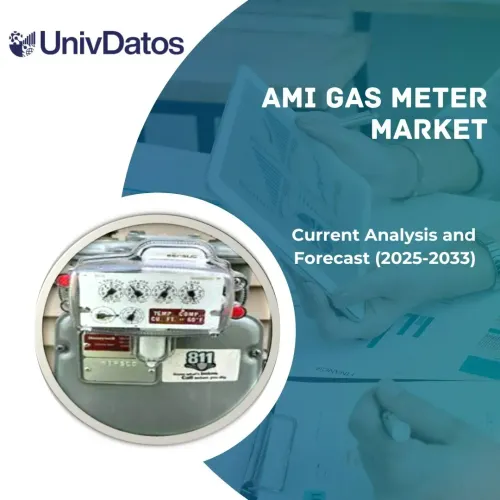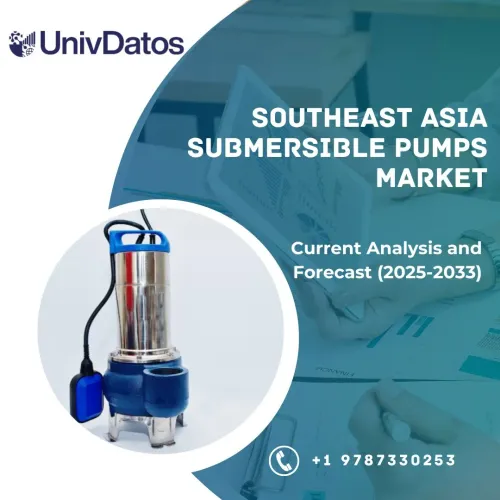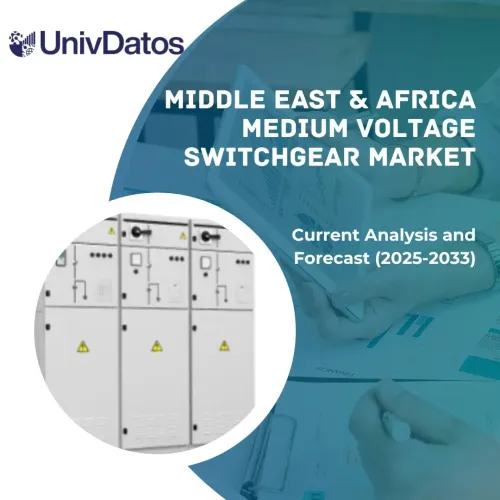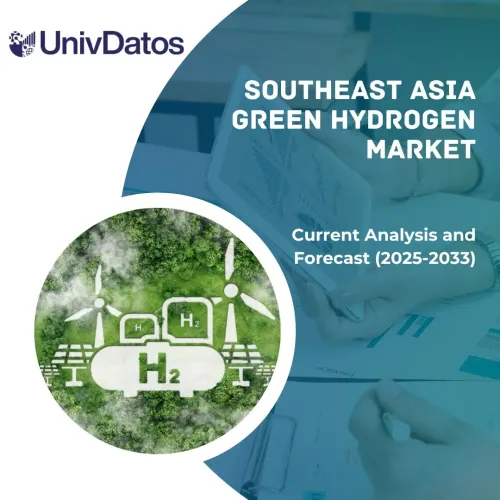アルミニウム鋳造市場:現状分析と予測(2022年~2028年)
プロセス重視(金型鋳造、ダイカスト、砂型鋳造);エンドユーザー(産業、建設、輸送、その他);地域/国
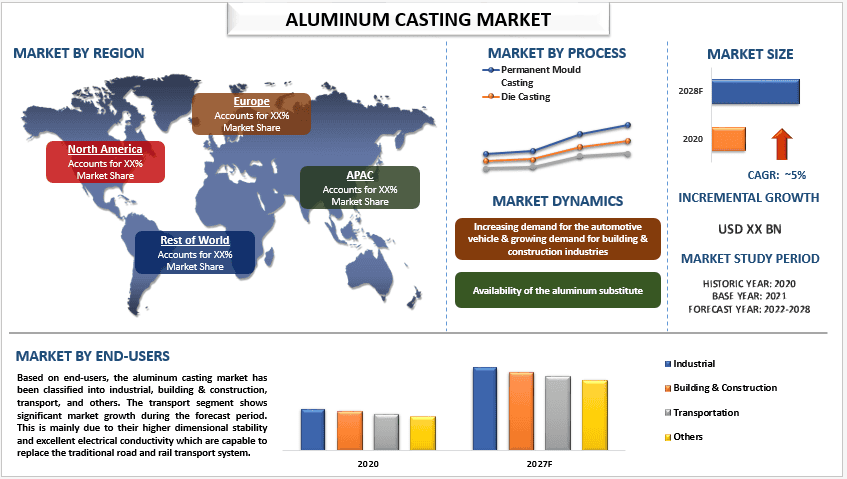
世界のアルミニウム鋳造市場は、2021~2027年の予測期間中に約5%の高い成長率で成長すると予想されています。 アルミニウム鋳造とは、液状のアルミニウムを金型に流し込み、必要な形状とサイズにすることと定義されます。アルミニウムを溶かして液状にし、金型に流し込みます。金型は、工具鋼や砂など、さまざまな材料を使用して作ることができます。産業用および非産業用のアルミニウムの使用量の増加により、アルミニウム鋳造の需要が増加しています。さらに、自動車産業におけるアルミニウムの需要の増加も、アルミニウム製品の需要を押し上げています。アルミニウムは他の材料と比較して、より優れた耐食性と実現可能性を持ち、自動車の効率を向上させるためです。さらに、アルミニウム鋳造の用途は、建設機械、農業機械、大型車両、鉱山機械などに拡大しており、アルミニウム鋳造の需要をさらに高めています。また、炭素排出量を削減するための政府の法律により、自動車産業は鉄成形品よりもアルミニウム製品を使用することを余儀なくされ、アルミニウム鋳造製品の需要が生まれます。
Dynacast Charlotte、Harrison Casting Ltd.、Kaiser Aluminum Corporation、Rio Tinto、トヨタ自動車株式会社、Consolidated Metco, Inc.、Drahtwerk Elisental W. Erdmann Gmbh & Co.、Endurance Technologies Limited、LA Aluminum、Reliance Foundry Co.Ltd.は、市場の主要なプレーヤーの一部です。これらのプレーヤーは、ハイテクで革新的な製品/テクノロジーで顧客を支援するために、いくつかのM&Aをパートナーシップと共に実施してきました。
レポートで提示される洞察
「プロセス別では、ダイカスト鋳造カテゴリーが予測期間中に堅調なCAGRを示す」
プロセスに基づいて、市場は永久鋳型鋳造、ダイカスト、砂型鋳造に分類されます。ダイカストセグメントは大きな市場シェアを占めており、自動車セクターからの需要の増加により、予測期間中も同様の状態を維持すると予想され、シリンダー、ギア、エンジン、フライホイールなどの製造に使用されています。さらに、ダイカスト製品の低コスト、簡単な設置、滑らかな仕上げ、およびより長い耐久性も、ダイカストセグメントの市場を牽引しています。アルミニウムダイカスト製品は軽量化を実現し、自動車全体の効率を高めます。
「エンドユーザー別では、輸送セグメントが2020年に市場で大きなシェアを占める」
エンドユーザーに基づいて、アルミニウム鋳造市場は、産業、建設、輸送、その他に分類されています。輸送セグメントは、予測期間中に大きな市場の成長を示しています。これは主に、より高い寸法安定性と優れた導電性により、従来の道路および鉄道輸送システムを置き換えることができるためです。また、航空機産業におけるアルミニウムの使用量の増加も市場を牽引しています。さらに、エネルギー効率の高い車両に対する需要の増加と、炭素排出量の削減に対する意識の高まりも、アルミニウム製品の重量が半分未満で、最適化された性能を提供するため、市場を押し上げています。
「アジア太平洋地域が市場で大きなシェアを占める」
2020年、アジア太平洋地域は世界のアルミニウム鋳造市場で大きなシェアを占めました。これは主に、可処分所得の増加と、この地域の新興国における個人の一人当たりの支出の急増によって支えられた経済活動の普及が進んでいるためです。さらに、この地域の新興国における建設および自動車活動の成長が、より高い成長を占めています。たとえば、中国では2021年に約290万台のバッテリー電気自動車が販売され、昨年と比較して約162%の増加が見られました。また、電気自動車セグメントへの投資の増加と、補助金などの政府のプロモーションスキームも、アルミニウム鋳造市場を押し上げています。たとえば、インドでは、政府は2021年に56億4000万米ドルの需要インセンティブを付与しました。これには、6,315台のEバスと2,887台のEV充電ステーションが含まれています。さらに、地域の急速な都市化と建設および建築セクターの発展が、将来的に市場を牽引します。たとえば、NDRC(国家発展改革委員会)によると、中国政府は主に輸送、エネルギー、節水などを含む90の固定資産プロジェクトを承認しました。
このレポートを購入する理由:
- この調査には、認証済みの主要な業界専門家によって検証された市場規模と予測分析が含まれています。
- このレポートは、全体的な業界のパフォーマンスの簡単なレビューを一目で提供します。
- このレポートは、主要な財務、製品ポートフォリオ、拡張戦略、および最近の開発に焦点を当てて、著名な業界ピアの詳細な分析をカバーしています。
- 業界で普及している推進要因、制約、主要な傾向、および機会の詳細な調査。
- この調査は、さまざまなセグメントにわたる市場を包括的にカバーしています。
- 業界の地域レベルの分析を深く掘り下げます。
カスタマイズオプション:
グローバルアルミニウム鋳造市場は、要件またはその他の市場セグメントに応じて、さらにカスタマイズできます。これに加えて、UMIは、お客様固有のビジネスニーズがある可能性があることを理解しています。お客様の要件に完全に適合するレポートを入手するには、お気軽にお問い合わせください。
目次
アルミニウム鋳造市場分析の調査方法(2021年~2027年)
世界のアルミニウム鋳造市場の過去の市場を分析し、現在の市場を推定し、将来の市場を予測することは、世界の主要地域におけるアルミニウム鋳造の採用を構築し分析するために行われた3つの主要なステップでした。過去の市場数値を収集し、現在の市場規模を推定するために、徹底的な二次調査が実施されました。次に、これらの洞察を検証するために、多数の調査結果と仮定が考慮されました。さらに、世界のアルミニウム鋳造市場のバリューチェーン全体にわたる業界専門家との徹底的な一次インタビューも実施されました。一次インタビューを通じて市場数値を仮定および検証した後、トップダウン/ボトムアップアプローチを採用して、完全な市場規模を予測しました。その後、市場の内訳とデータ三角測量の手法を採用して、業界のセグメントおよびサブセグメントの市場規模を推定および分析しました。詳細な方法論を以下に説明します。
過去の市場規模の分析
ステップ1:二次ソースの詳細な調査:
年次報告書と財務諸表、業績プレゼンテーション、プレスリリースなどの企業内部情報源、およびジャーナル、ニュースと記事、政府刊行物、競合他社の刊行物、セクターレポート、サードパーティデータベース、その他の信頼できる刊行物などの外部情報源を通じて、アルミニウム鋳造市場の過去の市場規模を取得するために、詳細な二次調査を実施しました。
ステップ2:市場セグメンテーション:
アルミニウム鋳造市場の過去の市場規模を取得した後、主要地域のさまざまなセグメントおよびサブセグメントに関する過去の市場の洞察とシェアを収集するために、詳細な二次分析を実施しました。主要なセグメントは、プロセスおよびエンドユーザーとしてレポートに含まれています。さらに、その地域におけるテストモデルの全体的な採用を評価するために、国レベルの分析を実施しました。
ステップ3:要因分析:
さまざまなセグメントおよびサブセグメントの過去の市場規模を取得した後、アルミニウム鋳造市場の現在の市場規模を推定するために、詳細な要因分析を実施しました。さらに、アルミニウム鋳造のさまざまなプロセスやエンドユーザーなど、依存変数と独立変数を使用して要因分析を実施しました。世界のアルミニウム鋳造市場セクターにおけるトップパートナーシップ、合併と買収、事業拡大、製品発売を考慮して、需要と供給側のシナリオについて徹底的な分析を実施しました。
現在の市場規模の推定と予測
現在の市場規模の算出:上記の3つのステップからの実行可能な洞察に基づいて、現在の市場規模、グローバルアルミニウム鋳造市場の主要なプレーヤー、およびセグメントの市場シェアに到達しました。必要なすべてのパーセンテージシェアの分割と市場の内訳は、上記の二次的なアプローチを使用して決定され、一次インタビューを通じて検証されました。
推定と予測:市場の推定と予測のために、ステークホルダーが利用できる推進要因とトレンド、制約、および機会を含むさまざまな要因に重みが割り当てられました。これらの要因を分析した後、関連する予測手法(つまり、トップダウン/ボトムアップアプローチ)を適用して、グローバルな主要市場全体でさまざまなセグメントおよびサブセグメントの2027年の市場予測に到達しました。市場規模を推定するために採用された調査方法論には以下が含まれます。
- 収益(USD)および国内の主要市場全体でのアルミニウム鋳造市場の採用率に関する業界の市場規模
- 市場セグメントおよびサブセグメントのすべてのパーセンテージシェア、分割、および内訳
- 提供される製品に関するグローバルアルミニウム鋳造市場の主要なプレーヤー。また、急速に成長している市場で競争するためにこれらのプレーヤーが採用した成長戦略
市場規模とシェアの検証
一次調査:主要地域全体のトップレベルのエグゼクティブ(CXO/VP、営業責任者、マーケティング責任者、運用責任者、地域責任者、カントリーヘッドなど)を含む主要オピニオンリーダー(KOL)との詳細なインタビューを実施しました。次に、一次調査の結果を要約し、述べられた仮説を証明するために統計分析を実行しました。一次調査からの入力は二次調査の結果と統合され、情報が実行可能な洞察に変わりました。
さまざまな地域における一次参加者の分割
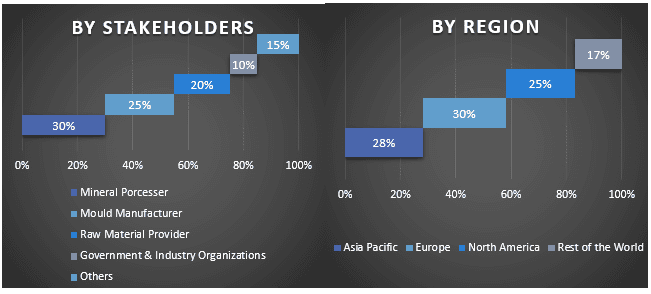
市場エンジニアリング
データ三角測量技術を採用して、全体的な市場の推定を完了し、グローバルアルミニウム鋳造市場の各セグメントおよびサブセグメントの正確な統計数値を求めました。グローバルアルミニウム鋳造市場におけるプロセスおよびエンドユーザーの分野におけるさまざまなパラメーターとトレンドを調査した後、データはいくつかのセグメントおよびサブセグメントに分割されました。
グローバルアルミニウム鋳造市場調査の主な目的
グローバルアルミニウム鋳造市場の現在および将来の市場動向は、調査で正確に示されました。投資家は、調査で実施された定性的および定量的分析に基づいて、投資の裁量を判断するための戦略的な洞察を得ることができます。現在および将来の市場動向は、地域レベルでの市場全体の魅力を決定し、産業参加者が手付かずの市場を開拓して、ファーストムーバーの優位性から利益を得るためのプラットフォームを提供しました。調査のその他の定量的な目標には、次のものがあります。
- 金額(USD)の点で、アルミニウム鋳造市場の現在および予測市場規模を分析します。また、さまざまなセグメントおよびサブセグメントの現在および予測市場規模を分析します。
- 調査のセグメントには、エンドユーザーとプロセスの分野が含まれます。
- アルミニウム鋳造の規制の枠組みを定義および分析します
- さまざまな仲介業者の存在に関連するバリューチェーンを分析するとともに、業界の顧客と競合他社の行動を分析します。
- 主要地域におけるアルミニウム鋳造市場の現在および予測市場規模を分析します。
- レポートで調査された地域の主要国には、アジア太平洋、ヨーロッパ、北米、およびその他の地域が含まれます。
- アルミニウム鋳造市場の企業プロファイル、および急速に成長している市場で持続するために市場プレーヤーが採用した成長戦略
- 業界の詳細な地域レベル分析
関連 レポート
この商品を購入したお客様はこれも購入しました

